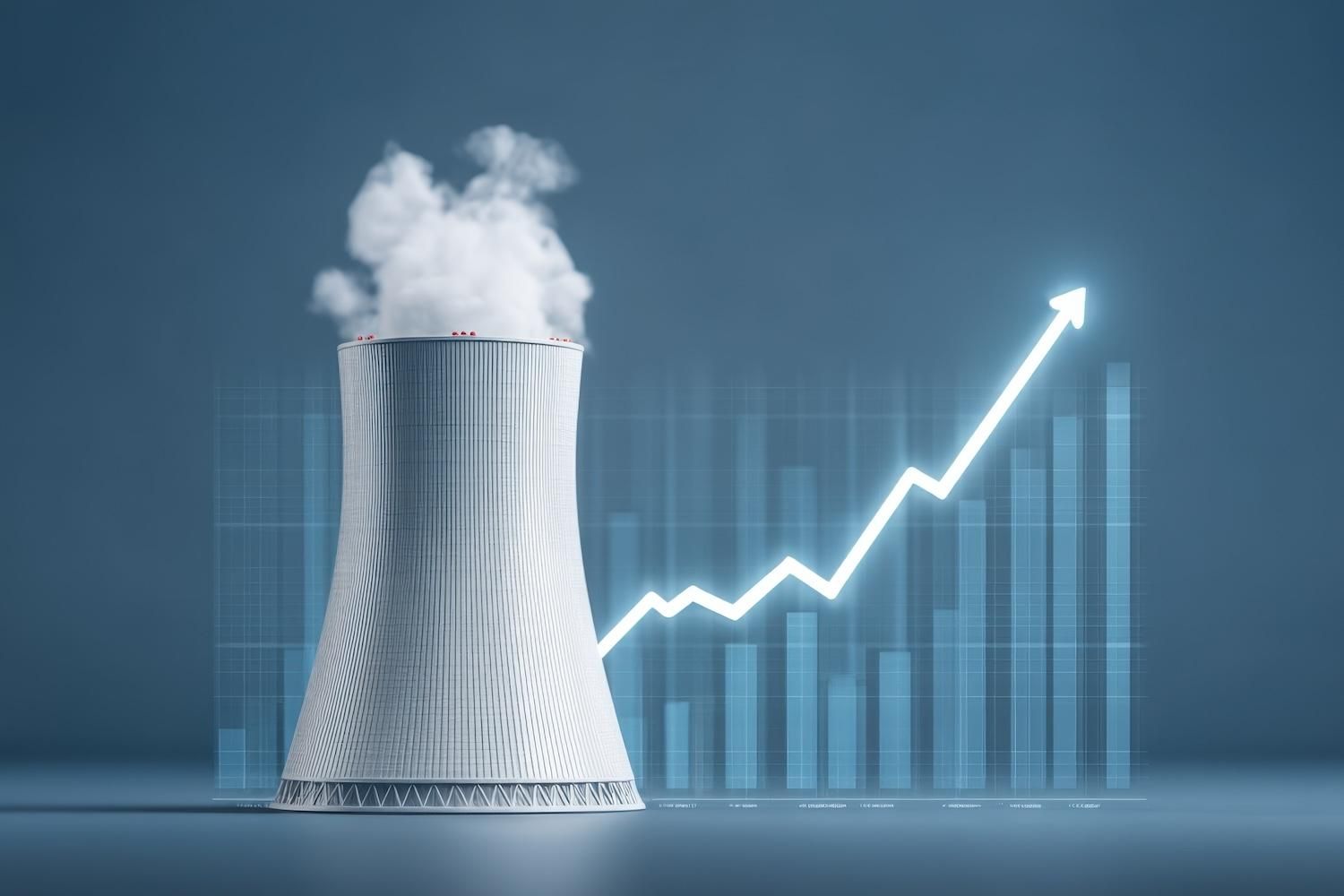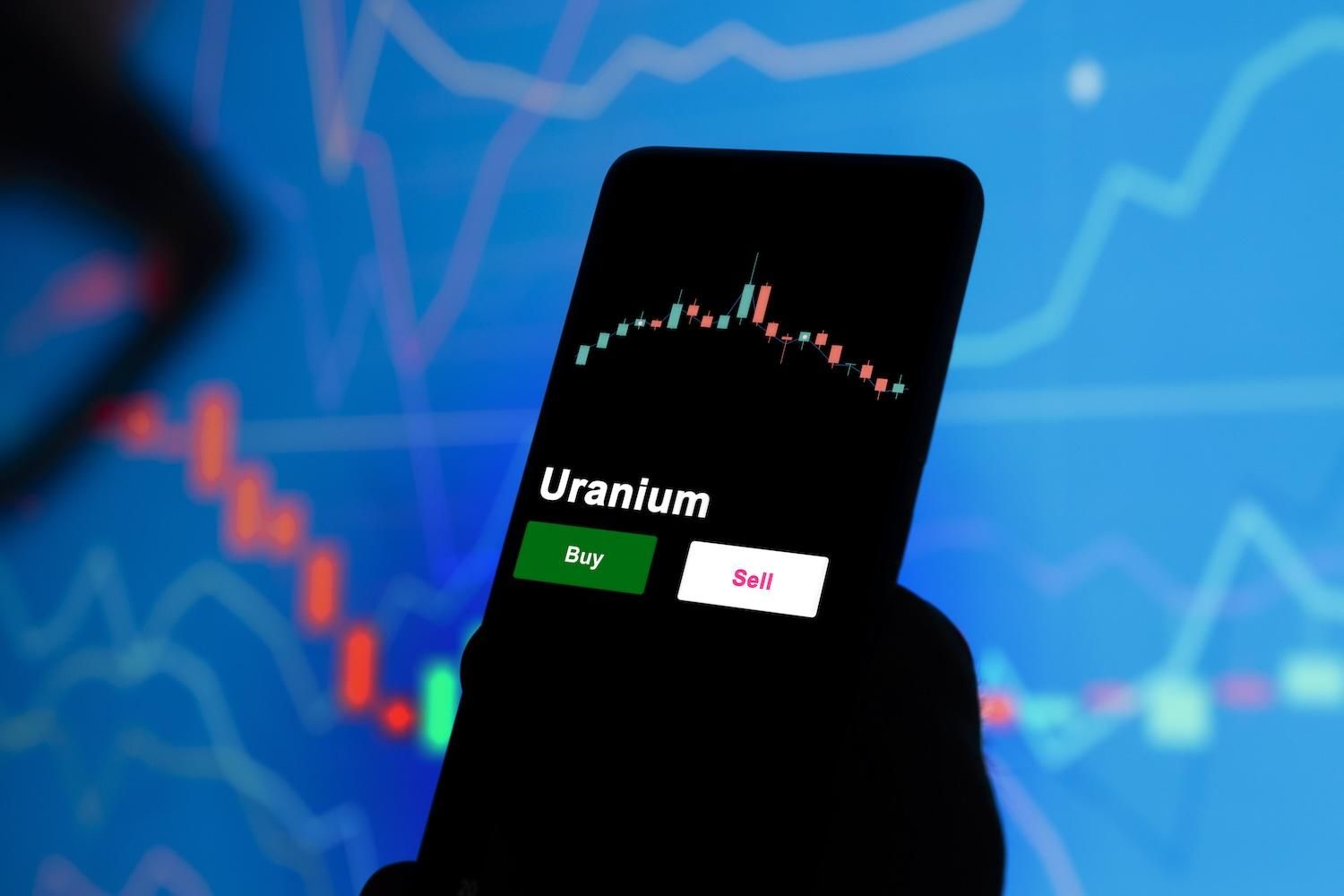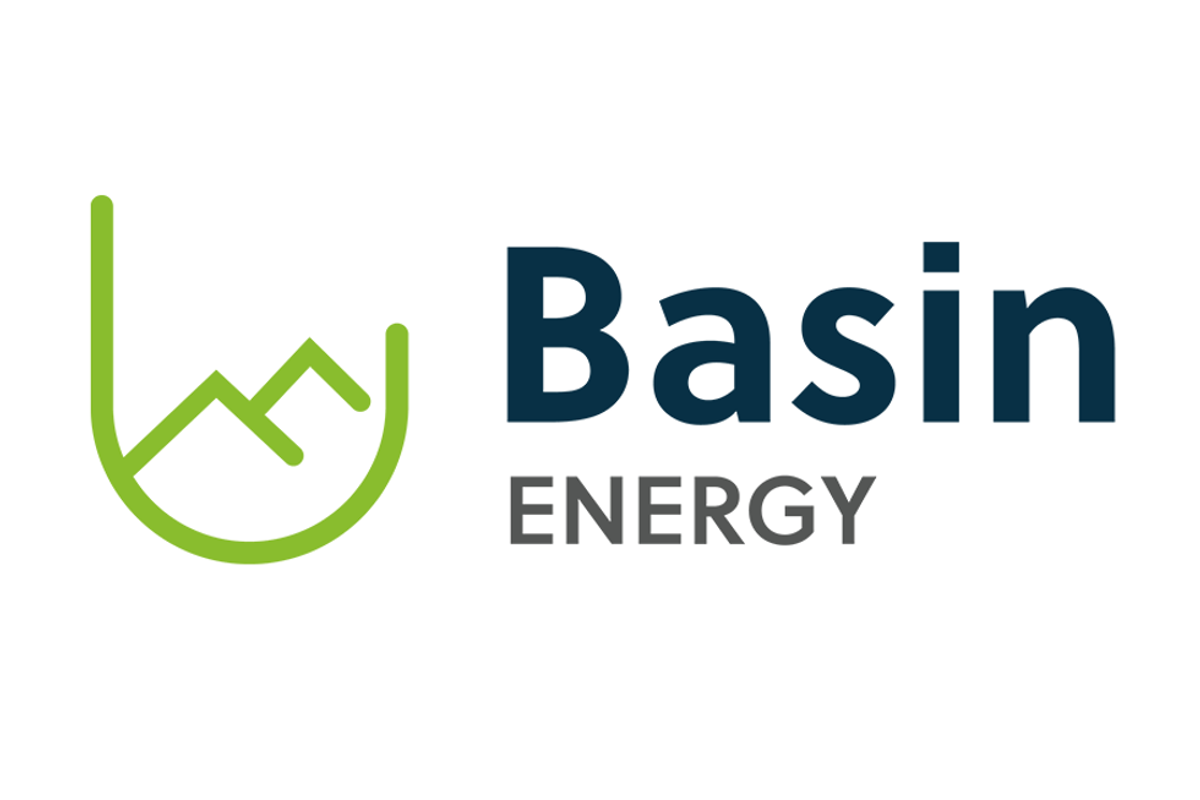
September 08, 2024
Description
The securities of AuKing Mining Limited (‘AKN’) will be placed in trading halt at the request of AKN, pending it releasing an announcement. Unless ASX decides otherwise, the securities will remain in trading halt until the earlier of the commencement of normal trading on Wednesday, 11 September 2024 or when the announcement is released to the market.
Issued by
ASX Compliance
Click here for the full ASX Release
This article includes content from AuKing Mining, licensed for the purpose of publishing on Investing News Australia. This article does not constitute financial product advice. It is your responsibility to perform proper due diligence before acting upon any information provided here. Please refer to our full disclaimer here.
AKN:AU

Sign up to get your FREE
AuKing Mining Investor Kit
and hear about exciting investment opportunities.
- Corporate info
- Insights
- Growth strategies
- Upcoming projects
GET YOUR FREE INVESTOR KIT
The Conversation (0)
27 August
AuKing Mining
Advancing the Cloncurry Gold Project in North Queensland with large-scale exploration and near term gold production , while holding interests in copper, uranium and critical metals assets in other regions.
Advancing the Cloncurry Gold Project in North Queensland with large-scale exploration and near term gold production , while holding interests in copper, uranium and critical metals assets in other regions. Keep Reading...
24 November
Completion of $400k Working Capital Placement
AuKing Mining Limited (ASX: AKN, AuKing) is pleased to confirm that it has successfully received commitments from sophisticated investors and clients of GBA Capital to raise A$400,000 through a share placement. These funds will be utilised for working capital purposes as the Company continues to... Keep Reading...
06 November
Cloncurry Gold Project Sale/Orion Merger Transaction Update
AuKing Mining (AKN:AU) has announced Cloncurry Gold Project Sale/Orion Merger Transaction UpdateDownload the PDF here. Keep Reading...
03 November
Trading Halt
AuKing Mining (AKN:AU) has announced Trading HaltDownload the PDF here. Keep Reading...
21 October
Survey results for Myoff Creek Niobium/Rare Earths Project
AuKing Mining (AKN:AU) has announced Survey results for Myoff Creek Niobium/Rare Earths ProjectDownload the PDF here. Keep Reading...
20 October
Cloncurry Gold Project Acquisition To Close In November
AuKing Mining (AKN:AU) has announced Cloncurry Gold Project Acquisition To Close In NovemberDownload the PDF here. Keep Reading...
09 December
Uranium Price 2025 Year-End Review
After 2024’s rapid rise, the U3O8 spot price remained more constrained through 2025, fluctuating between a relatively short range of US$63.17 (March 13) and US$83.33 (September 25) per pound. Entering the year, the price was sitting at US$74.56 before economic and geopolitical uncertainty pushed... Keep Reading...
08 December
American Uranium Eyes Resource, Scoping Study Update in 2026
American Uranium (ASX:AMU) is advancing drilling at its Lo Herma project in Wyoming, with work continuing into the winter season, according to Executive Director Bruce Lane in an interview with the Investing News Network. The company is currently awaiting results from recent hydrogeological... Keep Reading...
04 December
China’s Sole Uranium Miner Soars in Market Debut
China National Uranium (SZSE:001280) more than tripled in value during its first day of trading in Shenzhen, raising about 4 billion yuan (US$570 million) in its Wednesday (December 3) debut.According to an exchange filing cited by Bloomberg, the state-backed miner priced 248 million shares at... Keep Reading...
02 December
Niger Moves to Sell Uranium from Orano's Seized SOMAÏR Mine
Niger’s military government announced on Sunday (November 30) that it intends to put uranium produced by the SOMAÏR mine on the international market.General Abdourahamane Tiani, head of the junta, told state television that “Niger's legitimate right to dispose of its natural riches to sell them... Keep Reading...
30 November
Expands REE and Uranium Footprint at Sybella-Barkly
Basin Energy (BSN:AU) has announced Expands REE and uranium footprint at Sybella-BarklyDownload the PDF here. Keep Reading...
28 November
Orano Condemns Illegal Uranium Transfer from Niger Mine
Orano said it “strongly condemns” the removal of uranium from the SOMAÏR mine in Northern Niger.The French firm called the transfer illegal and a direct breach of the International Center for Settlement of Investment Disputes’ (ICSID) September ruling, which prohibits the material's sale or... Keep Reading...
Latest News

Sign up to get your FREE
AuKing Mining Investor Kit
and hear about exciting investment opportunities.
- Corporate info
- Insights
- Growth strategies
- Upcoming projects
GET YOUR FREE INVESTOR KIT
Latest Press Releases
Related News
TOP STOCKS
American Battery4.030.24
Aion Therapeutic0.10-0.01
Cybin Corp2.140.00







